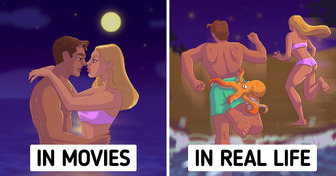15+ Last-Minute Choices That Turned Ordinary Days Into Extraordinary Stories

Have you ever heard of an island that is regularly attacked by sharks? For many years, people living there haven’t been able to find a way to stop this. Neither can they understand why sharks come there so often. So... What’s going on?
Why do these predators keep bothering this specific island while completely ignoring the others in the area? Let’s go to this mysterious place and try to find out! July 22, 2015. The ocean waters near Reunion Island were clear and transparent. The western part of the island, Saint-Leu, had always been a great spot for surfing.
But on this pleasant, sunny day, one of the locals almost lost his life. A six-foot bull shark appeared out of nowhere. Once right next to the shore, it suddenly charged at surfer Rodolphe Arriéguy. His friend, doctor and professor of geography at the University of La Reunion Erwann Lagabrielle, was nearby, talking with two other surfers at that moment.
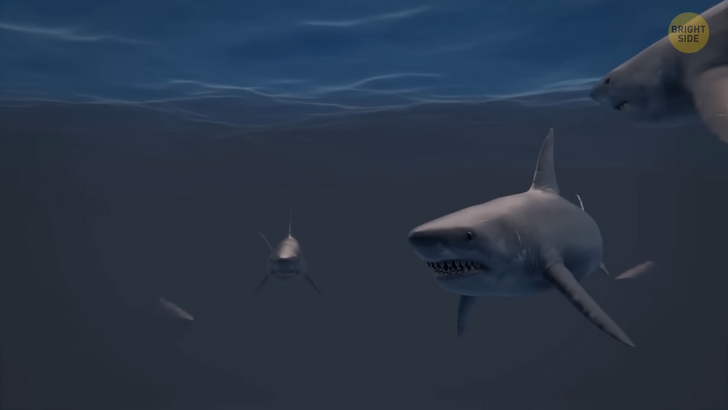
Suddenly, they heard some noise. Realizing that it was his friend, Lagabrielle rushed to help. The shark was 65 feet away from him. He said that all of this felt like some kind of a horror movie. He rushed to Arriéguy, even though he didn’t understand what exactly had happened. At first, Arriéguy’s body was surrounded by white foam. It then began to turn pink, and then... red. Lagabrielle said later that it had been one of the scariest things he had seen in his life. Fortunately, when he swam closer, the shark had already been gone.
Lagabrielle knew that in most cases, a second attack doesn’t happen. So he hurried to help his friend. It took them some time to get back to the shore. When Lagabrielle pulled his friend onto the beach, he immediately made a tourniquet from a surfboard leash. After that, Monsieur Arriéguy was rushed to the hospital. Fortunately, this story has a good ending. Although the 45-year-old man lost his arm, he still survived. But he was one of the few lucky ones. Because this horrifying story is just one of dozens that happened on Reunion Island in recent decades.
Reunion Island is one of the regions of France. It’s located right near Madagascar together with its neighbor Mauritius. They’re both located at the same latitude as Australia. These two islands are very similar. They have almost the same climate and natural conditions, similar languages and cultures. But there’s one huge difference between the two of them. In Mauritius, people can relax and have fun in the warm waters of the Indian Ocean, swimming with scuba gear and watching dolphins. Meanwhile, on La Reunion, locals are afraid to even put their fingers in the water. But why is that? Unfortunately, Reunion now has a strong reputation as a “shark island.”
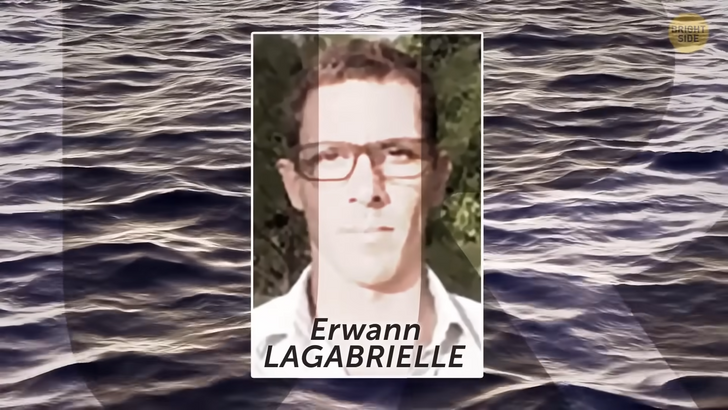
By 2018, 56 attacks had occurred there. From 2011 to 2016, the number of these cases accounted for 16% of the worldwide shark attacks. Now, there are warning signs everywhere on Reunion. Local citizens and fishers have begun to discuss the options of large-scale shark trapping. The authorities forbid people to swim almost everywhere, except for a few more or less safe places — like, for example, a coral lagoon.
And still, any fisher or scientist knows that sharks can easily get inside these “coral rings.” In other words, locals and tourists can’t feel completely safe anywhere on the island. Meanwhile, in Mauritius, the last shark attack happened in the 1980s. People come here to relax, and everything is perfectly fine. So the question is, “Why in the world is La Reunion so unlucky?”
Dr. Lagabrielle, the hero I mentioned before, set himself the goal of explaining this strange phenomenon. His study showed that over the past 30 years, the probability of a shark attack on Reunion had increased by 23 times! And in 9 out of 10 cases, it turns out to be a bull shark. If you haven’t heard about it, this creature looks exactly like what you imagine when you hear the word “shark.”
It’s one of the most popular species and the one that you often see in different movies and cartoons. These sharks live in tropical and subtropical waters in all oceans. Most often, they’re found — yeah, you’ve probably already guessed — in the southern waters between Australia and South Africa. This place is even nicknamed a “shark highway” because these predators really, really like to chill around there.
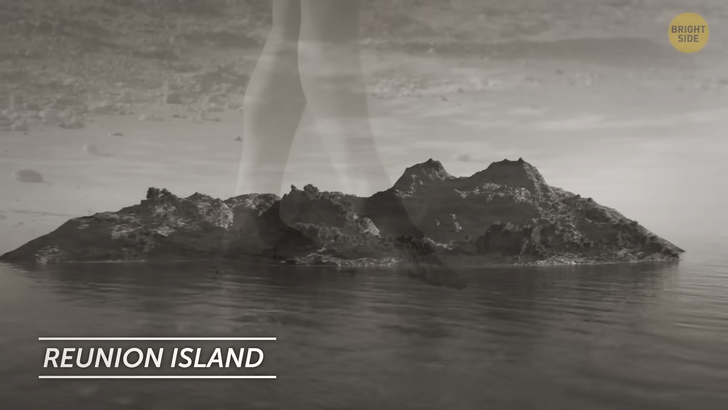
This is also one of the most aggressive shark species, and it’s very dangerous for humans. Unfortunately, it’s also very tolerant to different water salinity. Which means they can basically swim even in freshwater and be totally cool with it. But why do all these Reunion Island attacks happen so often?
Well, there are many theories and many different factors that might play their role in all this. Marc Soria, a researcher at the IRD (the French National Institute for Research and Development), decided to conduct a study together with his team. They spent 3 years trying to collect data on 45 tiger sharks and 38 bull sharks living in local waters.
The National Research Institute of France supported this study. It was also funded by three research foundations: regional, national, and European. That’s when you know that the problem is serious. And now, here are the main theories developed by Soria’s team and Lagabrielle.
The first one is excessive fishing. Experts suggest that long-term fishing and catching small reef sharks, which competed with dangerous sharks for food and territory, eventually led to these dramatic consequences. Unfortunately, when predatory bull sharks ran out of food, they just had to go looking for it near the coast.
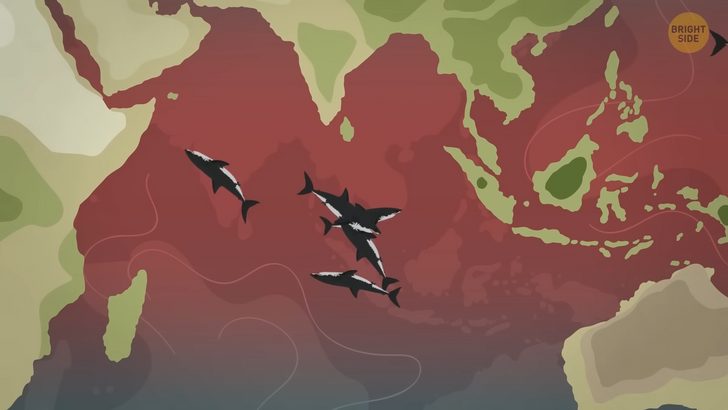
For bull sharks, surfers on Reunion look like sick, weakened fish — and, therefore, an easy meal. Also, while in Mauritius, surfers tend to hang out near sandy beaches, on Reunion, they choose places where waves break at coral reefs. But this is exactly where the sharks choose to search for food, so... Yeah. The second possible reason is muddy waters.
Bull sharks like such conditions very much. And although there are no natural places like these on Reunion, the reason could be the construction of urban areas. Muddy freshwater gets into bays from cities. This water attracts sharks, and this is where the attacks take place most often. But then we can ask again, “Why not Mauritius?”
Urbanization is also in full swing there, after all. There are many places in Mauritius where sewage waters flow into the ocean. Well, then we can conclude that this is not the only factor; there have to be others. For example, there is an active volcano Piton de la Fournaise on Reunion Island. Thanks to this beautiful volcano, there are rich flora and fauna on the island. And this could be great if it didn’t attract too much attention from predators.
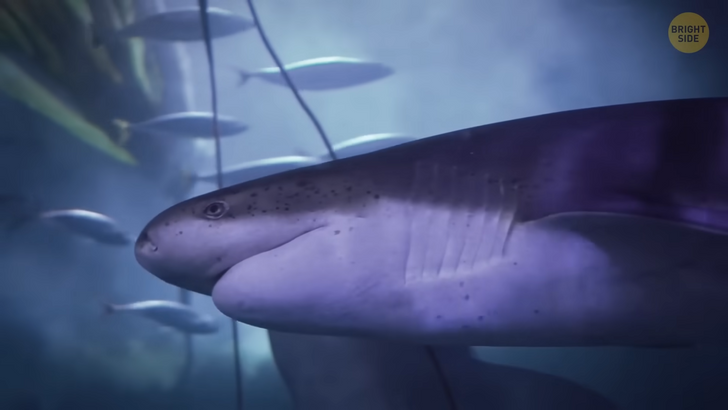
Because of the volcano, the shores of Reunion are less steep, which makes it easier to swim closer to the coast. And sedimentary rocks that get washed away from the slopes of the volcano can attract bull sharks. As we already know, these guys love muddy waters.
There are some other theories. For example, Lagabrielle suggests that attacks may be connected to an increase in the shark population. Or maybe that’s because these creatures become more aggressive during mating periods. Some people assume that all of this could be Mauritius’ fault because they banned catching and selling sharks for meat.
But Soria and other experts strongly disagree with this. Not many people on both islands bought this meat to make any significant difference. Anyway, this whole situation caused a lot of tension on Reunion.
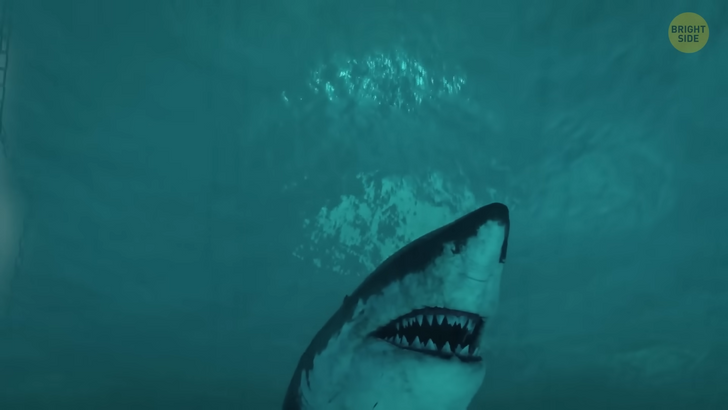
A big part of the population now supports the idea of catching sharks on a large scale. They also built some underwater fences near the island, and the maintenance of these fences costs a million dollars a year. It may seem pretty extreme, but drastic times require drastic measures. But despite all these terrible stories, in general, sharks aren’t nearly as dangerous as we think.
They almost never attack divers — unless a person provokes them. Experienced divers often compare sharks with stray dogs: these animals shouldn’t be feared but should be respected. Anyway, let’s hope that La Reunion will be able to solve this problem, and people will be able to swim in its warm, beautiful waters again.




